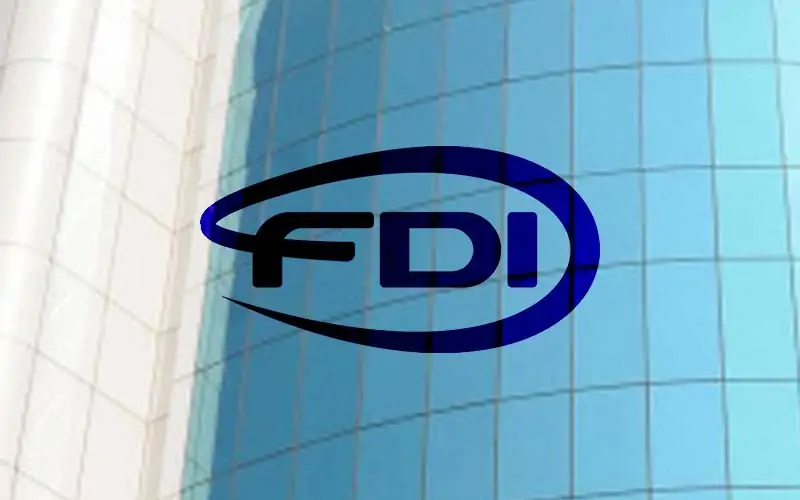Short run equilibrium of a firm under perfect competition showing abnormal profit, normal profit, loss and shut down point.
The objective of all the firms in perfect competition is to maximize the profits: The firm is said to be in equilibrium when it maximizes its profits (n) given by the difference between the total revenue (TR) and total cost (TC) : Objective. Max. n = TR – TCThis maximization of profits results in the following two conditions for equilibrium which holds good in short period as well as the long period.
(7) MC = MR and (Slope of MC) > (Slope of MR). Now, since in perfect competition the demand curve is also the Average Revenue (AR) curve and the MR curve the firm. Therefore, at the point of equilibrium we have MC = MR = AR = p– . Consider the following diagram, Price/Cost, Revenue

which is the equilibrium point. At this point, the firm decides to produce X, in order to maximise its profits. The profits (or losses) can be calculated by taking the difference between AR (Price) and AC. Here we have three cases (z) AR (Price) > AC. This implies that the firm is earning abnormal profits which is possible only in short period.
This situation has been shown in diagram .1 where shaded area of rectangle denotes the abnormal profits earned by this individual firm. (it) If AR = AC at the point of equilibrium, this means AC is minimum and AC is also equal to MC and MR. This implies that the firms is getting only normal profit.
This is the case of long run in general and can also be the case of the short period. This situation has been shown in the diagram 2.

If AC exceeds AR (Price), this means that the firm is running at losses as per unit cost is falling short of the price per unit of output and hence it is the case of a short period. In the following diagram 3, the shaded area (AB e ) shows the losses made by the firm.

In this situation whether the firm would continue to produce or exit the industry depends on its average variable cost (AVC). If the firm is not able to cover its AVC i.e., its P < AVC then the firm is better off by discontinuing its operations and minimizing its losses.
When P = AVC, but CAC, then the loss per unit of output equals Average Fixed Cost (AFC) i.e., total loss = TFC. So the firm must shut-down here and the point S is referred to as the shut-down point in the diagram





